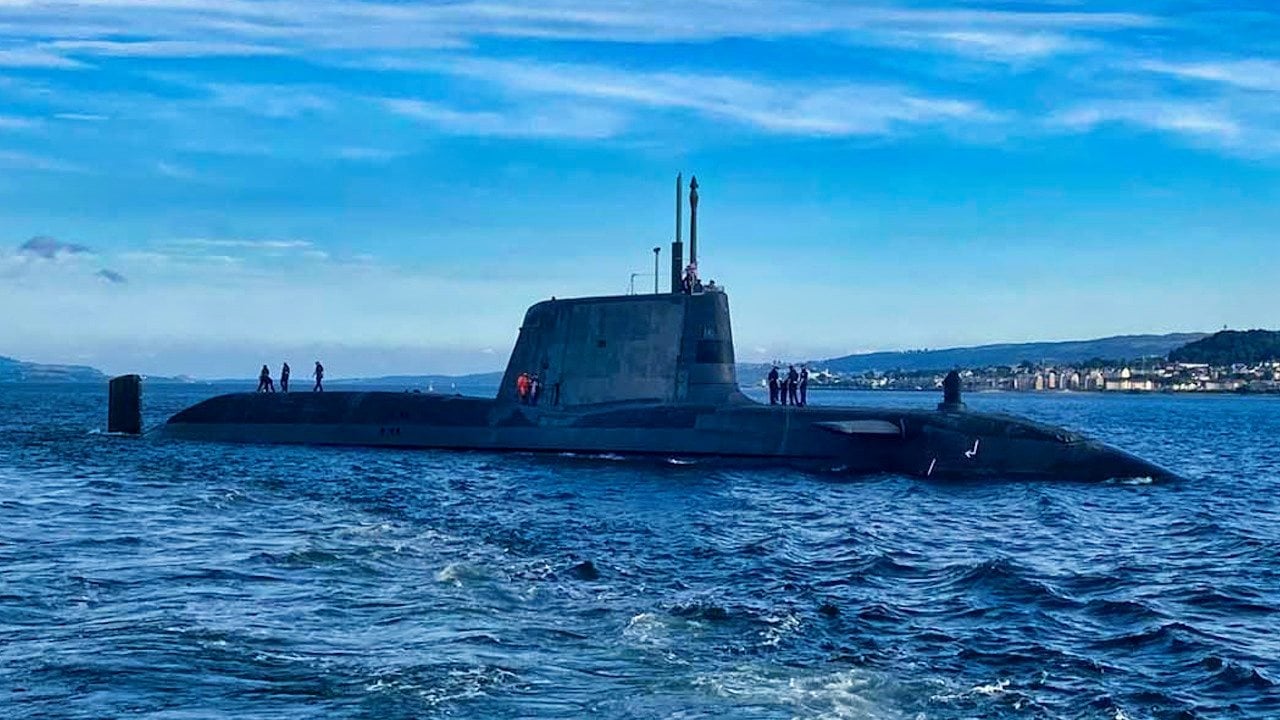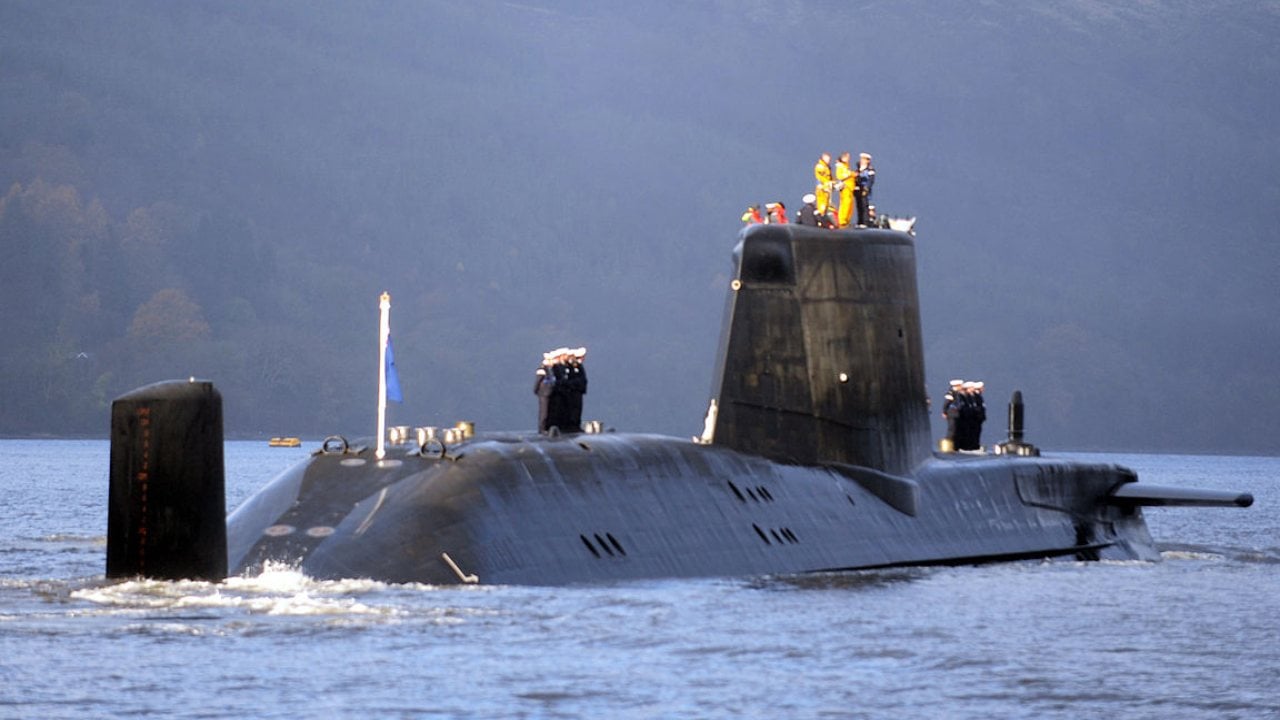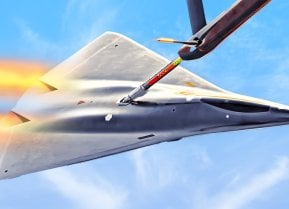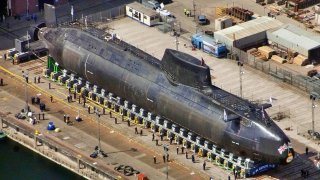Astute-Class: The Best Attack Submarine the U.S. Navy Doesn't Have
The Astute-class submarines, designed after the Cold War to replace the Royal Navy's Trafalgar-class, represent a cutting-edge technological leap.
Summary and Key Points: The Astute-class submarines, designed after the Cold War to replace the Royal Navy's Trafalgar-class, represent a cutting-edge technological leap.

-Originally envisioned as the SSN20 project, rising costs and the fall of the Soviet Union led to the cancellation of SSN20, prompting the development of the Astute-class.
-These submarines are armed with Spearfish torpedoes and Tomahawk Block IV/V missiles, and feature advanced sensors, including the Astute Combat Management System and CM010 optronic masts.
-With acoustic tiles masking their noise, the Astutes offer unparalleled stealth and combat capability, ensuring their service for decades.
How Britain's Astute-Class Submarines Redefined Stealth and Power
In 1986, the British Ministry of Defense began considering successors to the aging Swiftsure- and Trafalgar-class submarine fleets. The replacement project, originally designated SSN20, was an extension of the Royal Navy’s anti-submarine emphasis, which was persistent throughout the Cold War. Accordingly, SSN20 was designed to match the capabilities of the era’s Soviet submarines.
It featured enhanced nuclear propulsion, increased firepower, and more sophisticated sonar and combat systems. The British, while designing SSN20, did what so many Cold War-era defense planners did: paid no mind to the cost of the program. Money was not a constraint whatsoever when building SSN20.
The collapse of the Soviet Union caused Britain, like America, to re-evaluate spending priorities. Suddenly, price was a constraint. Suddenly, taxpayers had questions about the amount of cash being spent on defense programs. In 1990, with the Soviet threat gone, the SSN20 project was canceled. An alternative, cheaper submarine program cropped up to replace the SSN20 program.
In an effort to limit costs, and to effectively replace the Trafalgar, the British began designing a new submarine that was derivative of the Trafalgar. The new Batch 2 Trafalgar-class, or B2TC, commenced in June 1991.
Post-Cold War Designs
According to defense writer Peter Suciu, the B2TC was “outfitted with many technological firsts.” For example, “each of the boats is equipped with world-leading sensors, carries Tomahawk Land Attack Cruise Missiles and Spearfish heavyweight torpedoes and can circumnavigate the globe submerged, producing their own oxygen and drinking water.”

The Astute was designed to carry 38 weapons, including Spearfish and Tomahawk Block IV/V cruise missiles. The Tomahawk can hit targets with pinpoint accuracy from as far as 1,000 miles away.
The Astute was also built with an improved version of the Submarine Command System: The Astute Combat Management System aggregates information from the vessel’s sensors and displays the data in easily digestible form on command consoles, improving the crew’s situational awareness.
The Astute is outfitted with Atlas Hydrographic DESO 25 high-precision echosounders, and, unusually, is not outfitted with a conventional periscope. Instead, it features two CM010 non-hull-penetrating optronic masts. The CM010 offers crews thermal imaging, low-light TV, and color CCD TV viewing options.
Conveniently, the Astute is equipped with over 39,000 acoustic tiles. These mask its acoustic signature, allowing the Astute to glide in silence.

Four Astute-class vessels are already in service, with three more on the way. Given how packed with new technology the Astute is, we can expect the vessel to serve for many decades to come.
About the Author: Harrison Kass
Harrison Kass is a defense and national security writer with over 1,000 total pieces on issues involving global affairs. An attorney, pilot, guitarist, and minor pro hockey player, Harrison joined the US Air Force as a Pilot Trainee but was medically discharged. Harrison holds a BA from Lake Forest College, a JD from the University of Oregon, and an MA from New York University. Harrison listens to Dokken.
All images are Creative Commons.


